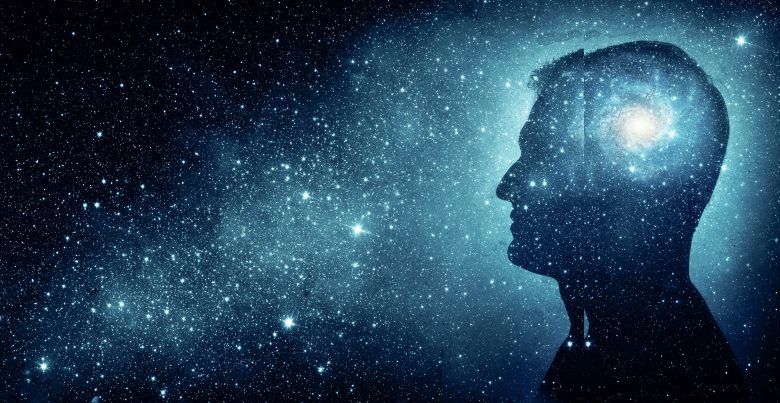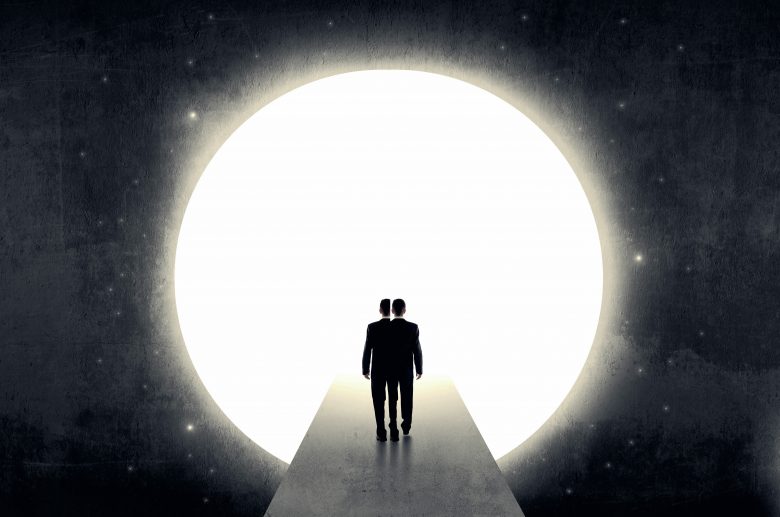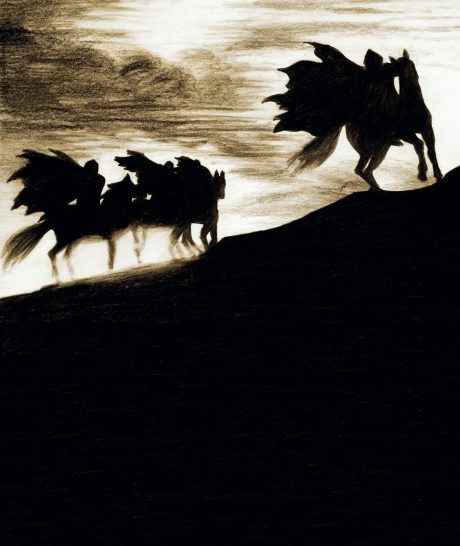stretch and challenge
Evolution and the Bible Are they compatible?
In the final column in his series on the origins of life, Peter Manning continues to develop his discussion of the relationship between religion and science
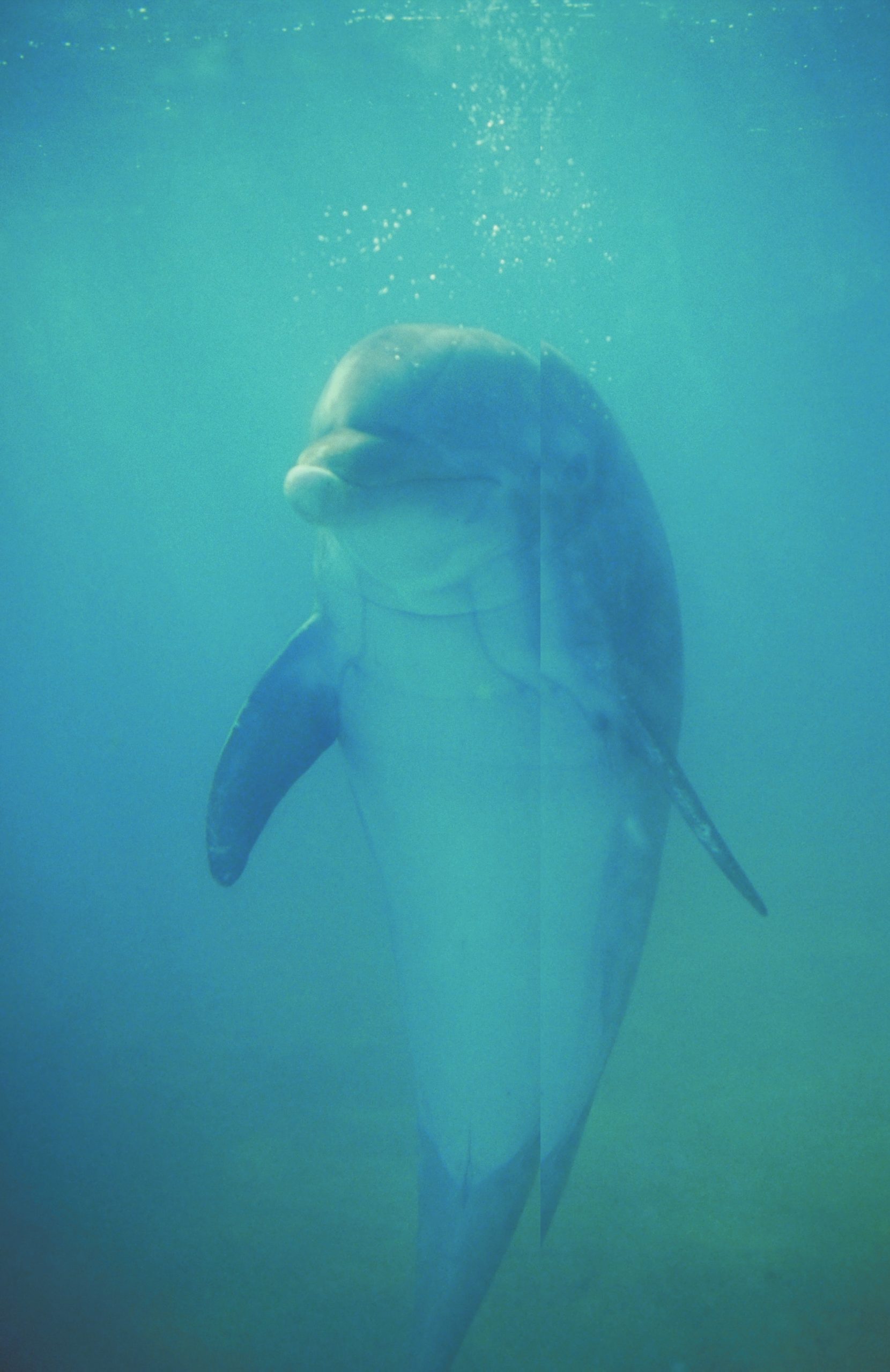
AQA: AS Unit D: Religion, Philosophy and Science
Edexcel: AS Unit 2: Religious Studies — Investigations
OCR: AS Philosophy of Religion (G571)
It is a truism to say that in order for a species to continue it has to survive. As we have seen in the first two parts of this series (RELIGIOUS STUDIES REVIEW, Vol. 12, No. 2, pp. 12–15 and 30–33), while survival is crucial, and anything that threatens it can spell doom for a species, a myopic focus on survival can hinder a wider appreciation within which biological evolution operates. Neo-Darwinists like Richard Dawkins are so busy fighting wars with religious fundamentalists that their very focus on the ‘selfish gene’ and its battle for survival prevents a richer dialogue on the mechanisms underlying evolution.
On the other side of the coin, Fodor and Piattelli-Palmarini are so busy affirming a commitment to an unsolved, complex process of evolution that they fail to get to grips with the idea of purposefulness in nature. Indeed, they confuse purposefulness with intentionality. They see the presence of intentionality in natural selection when organisms somehow manufacture the right biology to make themselves a better fit for the challenging environment they live within. For them the failure of natural selection theory to remove intentionality from itself proves its inadequacy as an explanation for evolution. I agree with them that intentionality is a product of mind, that it signifies an act of will. Intentionality is aware of a past, present and future. But I want to argue that purposefulness in nature can be mindless.
Biology and teleology
Biologists, perhaps because of biology’s past connections with theology, don’t give much time to teleology (or ‘teleonomy’ as biologists know the term), i.e. the idea of purposeful action within biological systems. To see purpose in the natural world has often been viewed as an anthropomorphic tendency to be avoided. But should purposeful activity as a natural possibility be so easily discarded? Albeit within natural constraints, there has always been a focus on evolution as a random process. Quantum physics ensures that randomness plays a part for sure but its role is somewhat overrated in much discussion on evolution.
That biological systems act with a natural, mindless purposefulness can be seen in the stress response. Mechanisms in the body can prepare it for fight or flight, yet also return it to a more peaceful state through the operation of the sympathetic and parasympathetic branches of the autonomic nervous system. Although periods of storm may come, things go back to a state of equilibrium, of balance. Purposeful action is there in the biological notion of homeostasis.
Homeodynamics
Instead of ‘homeostasis’ the term ‘homeodynamics’ is sometimes used to recognise that the base state that is returned to can fluctuate in relation to the demands of the environment. The human body, for example, works to keep its internal temperature and hydration within limits that protect survival. My pausing to make a cup of tea as I write this was prompted by a feeling of thirst signalling the need for hydration. Many systems within the body regulate to maintain themselves and protect their existence through goal-directed causality. Most of this goes on without any input or output from mind. Mind, when present in life, actually serves the promptings of this purposeful signalling and confers an advantage on the ability of the organism to maintain homeostasis by allowing more complex and wide-ranging interactions with the environment. In short, consciousness through its intentionality is literally bringing to mind the natural mindless purposefulness that it inherits from mindless biological drives toward achieving efficiency in homeodynamics.
Antoni Damasio argues just this in his book Self Comes to Mind (2010). He sees in the development of consciousness in brain structures a product of evolutionary processes. He argues that everything from the simplest cellular life to humanity purposefully promotes its own survival by managing its internal environment in relation to both internal and external factors by striving to maintain homeostasis. Homeodynamics is life regulating. Within a dynamic biological world in which the environment changes, genetic expressions that promote better homeostasis in relation to those changes get passed on to succeeding generations. Rather than genetic change being a chance mutation, change is often driven directly by holistic developments within the organism.
Rather than the continued emphasis by neo-Darwinists such as Dawkins on the metaphors of ‘struggle’ and ‘conflict’, we would perhaps do better to see the biological world through the lens of ‘cooperation’ and ‘sustainability’. Biological genes and the systems that develop from them require immense amounts of mindless, goal-directed supportive interactions in order to sustain life. The English philosopher Mary Midgley argues this in her book The Solitary Self (2010). To ignore purposefulness in the natural world and insist that stuff just happens seems a poor substitute for clear thinking, especially as homeodynamics offers such a rich resource upon which to further develop our understanding of evolutionary processes.
Convergent evolution
If much of the way life develops is built into the very laws of nature, whether it be the laws of equilibrium and thermodynamics at the level of physics, or our emerging understanding of the importance of homeodynamics at the level of biology, it should come as no surprise if adaptive solutions have a similarity across species. To recognise this is to talk of convergent evolution. An often quoted example is the eye. Through non-direct hereditary pathways different species have developed cameralike eyes. Highly conserved genes Pax3, Pax2, Pax6 and Dach, which are present across a wide range of species, no doubt supported this as they are all implicated in eye development.
The same may be said for brains. Research evidence points to a surprising level of sentience in dolphins, for whom it is hard to argue against some idea of selfawareness and ability to think ahead. While dolphins are mammals like ourselves, their evolutionary distance from humanity places their ancestral connection way before the explosion in brain size that took place in hominids from 2 million years ago. Dolphin and human sentience then represents another example of convergent evolution, with the conservation of key genes, perhaps encouraged by homeodynamics, allowing the development of such capabilities. Plant species have independently evolved the achievement of photosynthesis many times. In his book Life’s Solution: Inevitable Humans in a Lonely Universe (2003), Cambridge paleobiologist Simon Conway Morris states that ‘the ubiquities of convergence are clear enough evidence that life has a peculiar propensity to “navigate” to rather precise solutions in response to adaptive challenges’ (p. 308). Chance is heavily limited by the possible range of outcomes. It looks like evolution is not such a chancy process of hit and miss.
Evolutionary pauses
Homeodynamics also provides a way of understanding wildly different rates of change across species. Evolution at times can look in a hurry and change might be more dramatic, but more often change is gradual. Homeodynamics is conservative about change. Some species, such as glypheoid lobsters and the dawn redwood, can stay without substantial change for millions of years. If homeodynamics is the key internal driver to prompt and manage stability and change, the organism is responding to the environment. If the environment is fairly static, or the organism finds its internal arrangements robust enough to cope with external environmental changes, then change is not promoted within the species. Adaptation is required.
Evolution involves the interrelation of both internal and external factors which promote survival rather than change. Homeodynamics, with its focus on life regulation, has to be part of the story. To declare ‘survival of the fittest’ does not do the rich story of evolution justice. Adaptation is far from the simple concept Darwin gave us. Darwin did, however, shine a light on the way ahead and for that we ought to be immensely grateful.
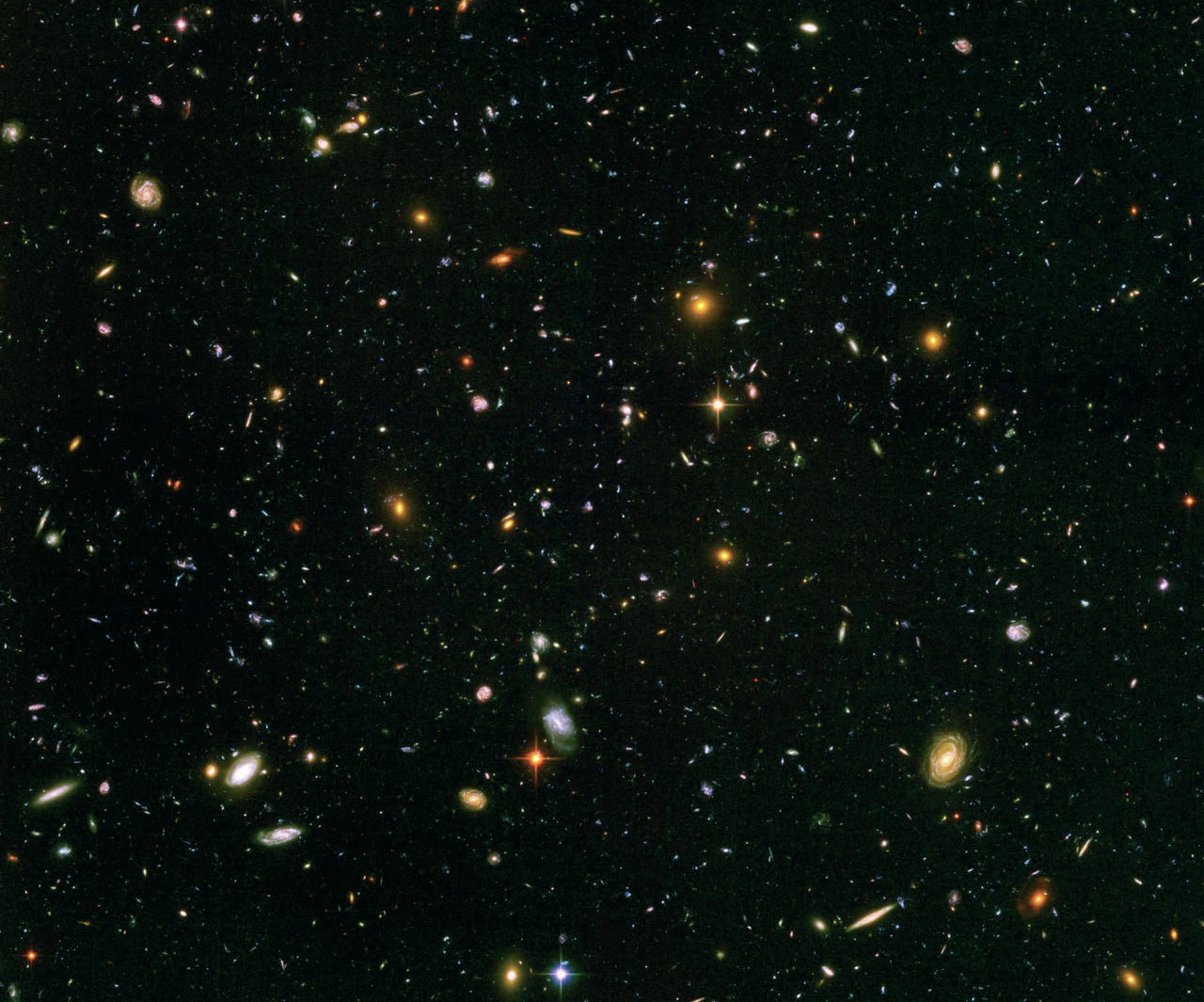
Evolution and positive religious responses
As long ago as 1884 Anglican Archbishop Frederick Temple stated that the theory of evolution was compatible with the Bible. That the state Church of the UK saw no contradiction between the Bible and science enabled religion and evolution to share public space within the UK school system in a way that became impossible in the USA and France. While the Catholic Church has been slower to reject creation science, in 1950 Pope Pius XII declared that there was no conflict between evolution and Catholic teachings. In 1981 Pope St John Paul II declared that the Bible:
‘speaks to us of the origins of the universe and its makeup, not in order to provide us with a scientific treatise but in order to state the correct relationships of man with God and with the universe. Sacred Scripture wishes simply to declare that the world was created by God, and in order to teach us this truth, it expresses itself in the terms of the cosmology in use at the time of the writer.’
On 27 October 2014 Pope Francis during a meeting of the Pontifical Academy of Sciences that ‘Evolution in nature is not inconsistent with the notion of creation, because evolution requires the creation of beings that evolve’. Evolution is understood within a purposeful framework of existence, starting with the creation of the universe with the big bang. The idea that God created the universe in a way that it could sustain and develop life through its own mechanisms is also present in the teaching of the North African Bishop of Hippo, St Augustine (354–430).
Augustine and the big bang
In a Roman world that greeted the Christian idea of time being part of creation as incoherent and absurd, Augustine insisted on the Christian doctrine of creation ex nihilo (out of nothing). In the City of God XI.6, he declares of Genesis that ‘the world was not created in time but with time…at the time of creation there could have been no past’. Augustine did this because for him the biblical text demanded such a belief. The opening words of the Bible declare ‘In the beginning God created the heavens and the earth’. The heavens and the earth are the sum of all that exists and God pre-exists them. For Augustine if time existed before creation then God would coexist alongside time and time would impose its own limitations on God, undermining the whole concept of God. Arguing that time is part of creation chimes with much scientific thought about the big bang theory. To ask temporal questions of what exists before creation, as with the big bang theory today, makes no sense.
Augustine viewed the world as an instantaneous act of creation in which the 6 days of creation in Genesis are certainly not meant to be understood literally — let alone, we might say today, scientifically. Rather it is poetry declaring the truth of God as lord and creator of all. Augustine as demythologiser of the Bible stands in stark contrast to modernist fundamentalist literal readings of the biblical text. For our purposes it illustrates that the Genesis text has been read as mythology expressing theological truths from the early days of Christianity. Such interpretations have been tolerated because there is a strong tradition in Christianity, as Anselm aptly put it in the eleventh century, of ‘faith seeking understanding’. Augustine says in his book The Literal Meaning of Genesis that:
‘we find in Holy Scripture passages which can be interpreted in very different ways without prejudice to the faith we have received. In such cases, we should not rush in headlong and so firmly take our stand on one side that, if further progress in the search for truth justly undermines our position, we too fall with it.’
Wise words indeed.
Augustine and evolution
From Augustine to Karl Barth in the twentieth century, many theologians have insisted that God providentially guides creation. The universe, it is argued, has built into its very being the capacities by which it may further develop and evolve. Reflecting on Genesis 1:12, Augustine says: ‘Scripture has stated that the earth brought forth the crops and the trees causally, in the sense that it received the power of bringing them forth.’ Rather than see each day of creation as witnessing a separate creating act of God, the days speak of an empowered creation, creating new things itself. Such creating acts follow the ordering purposes of God as Augustine makes clear when he says in The Literal Meaning of Genesis that ‘God has established fixed laws governing the production of kinds and qualities of beings, and bringing them out of concealment into full view.’ Early on then in the Christian tradition we have belief in a world infused with creative emergence, general laws of nature, and crucially an ordered world. Such beliefs are foundational assumptions of science without which its experimental method would struggle to get going.
Evolution and evil
Far from presenting a challenge to religious belief, evolution actually enhances the possibility of God by removing a challenge against God’s existence. William Paley’s design argument for the existence of God, focusing on the human eye as a beyondchance product of design, has always been in tension with the self-evident suffering and cruelty of the natural world. The philosopher David Hume made this challenge clear when he declared his logical problem of evil: ‘Is he [God] willing to prevent evil, but not able?’ Evolutionary theory removes this challenge from the natural problem of evil by making such suffering a result of evolved evolutionary processes rather than the direct hand of God. The Roman Catholic theologian John Haught, in his book God After Darwin: A Theology of Evolution (2001), sees evolution as ‘Darwin’s gift to theology’ because imperfections in the world are not due to failed design by God. For Protestant theologian Arthur Peacocke, Darwin is the ‘disguised friend’ whose ideas may at first look like a challenge to religious belief but at the end of the day enhance it.
The natural world, faith and worldview commitments
It is often the clash between Christian and scientific fundamentalists that takes the headlines in our media. It continues an impression that a choice has to be made between science and religion. Yet, while 1,500 years before Darwin the Christian Church may not have found the intellectual resources to spell out the ideas of the big bang or evolution, it was already expressing interpretations of its key texts which are not necessarily at odds with such scientific theories. This is remarkable.
Theologians such as John Polkinghorne, Arthur Peacocke, Keith Ward, Alistair McGrath and Nancey Murphy, among many others, have sought to further develop Christian thinking in partnership with science. Dawkins is right to challenge creationism and intelligent design, but he also needs to engage with the serious scholarship of theists, agnostics and atheists which takes science seriously while exploring the possibility of a broader view of the universe.
Excluding fundamentalists, we are still left with two worldviews. Theists see in the evolving natural world evidence of God, or the need of God at the origin of the universe, exactly because of the success of science. Atheists reject God as an unnecessary addition to a natural world which for all its order, beauty and complexity must remain a godless mystery. Neither worldview can carry the day. Things remain intellectually uncertain. Faith is needed to believe in either. As time goes on, and our understanding about the natural world becomes deeper, we may well not find a definitive answer to the question of God but we can but marvel at the natural miracle of life in a universe of stardust.



